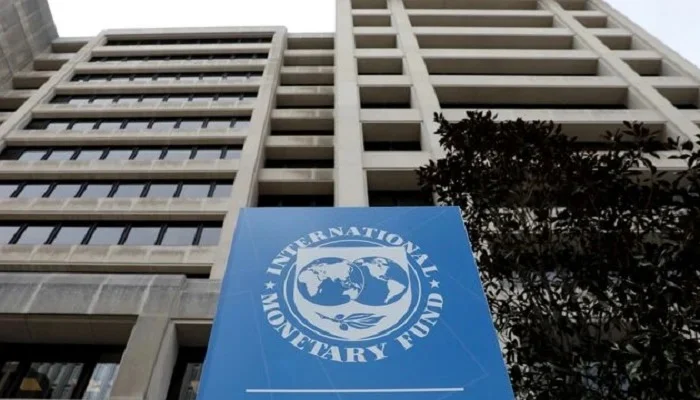The state of higher education in Pakistan is a topic of increasing concern, especially in light of recent global university rankings that have highlighted significant challenges. HEC Chairman Dr. Mukhtar Ahmed recently discussed these issues on Geo News’ programme “Geo Pakistan,” shedding light on both the potential and the obstacles facing Pakistan’s universities.
Current Global Rankings and Their Implications
A recent survey by the global university ranking organization QS revealed that no Pakistani university made it into the top 350. The highest-ranked institutions, Quaid-e-Azam University and the National University of Science and Technology (NUST), occupy the 354th and 371st positions, respectively. The University of Karachi, which is the country’s largest university, barely made it into the top 1,001, and no other institution from Sindh made it into the top 1,500. This has raised questions about the role of private universities, many of which charge high fees without achieving significant global recognition. This scenario raises concerns about the value of degrees from these institutions, particularly for students eyeing international opportunities.
Ingredients for Success and Areas for Improvement
Despite the disappointing rankings, Dr. Ahmed highlighted a silver lining: 18 Pakistani universities are now among the top 1,000 globally, a notable increase from just three in 2019. He is optimistic about Pakistan’s potential, pointing out that the country has produced graduates who have excelled globally, often outperforming peers from larger nations. According to him, Pakistan possesses the “ingredients” necessary for a robust educational system.
However, several key challenges need to be addressed to realize this potential. The first of these is governance. Dr. Ahmed emphasized that improving governance within educational departments is crucial for resolving many of the system’s existing issues. Without strong governance structures, even the best educational ingredients cannot yield desired outcomes.
Quality and Perception Issues
The second major challenge identified by Dr. Ahmed is the quality of education. While universities in Pakistan now enjoy autonomy and are under provincial administration, the HEC’s role is limited to providing a system and minimum standards. This autonomy can lead to disparities in educational quality, with some institutions failing to meet global standards.
Moreover, there is a perception issue, as universities are increasingly seen as “employment exchanges” rather than centers of academic excellence. This perception needs to change for the education sector to thrive. Universities must focus on fostering innovation and critical thinking rather than merely serving as job portals.
Inconsistent Investment in Education
Investment in Pakistan’s education sector has been inconsistent, with fluctuating budgets since 2002. Dr. Ahmed pointed out that the development budget for education has been reduced, widening the gap between Pakistani universities and their global counterparts. He noted that the budget of a single top 500 university in the West often surpasses the entire higher budget for one university in Pakistan. This financial disparity is a significant barrier to achieving global competitiveness.
The Path Forward: Ownership and Investment
To elevate Pakistan’s universities to global standards, Dr. Ahmed called for increased ownership and investment in the youth. He stressed that the nation must commit resources and attention to its educational institutions to empower them to compete on the world stage.
Dr. Ahmed’s insights underscore a critical juncture for Pakistan’s higher education system. While the challenges are significant, the potential for improvement is equally substantial. By addressing governance issues, enhancing educational quality, and ensuring consistent investment, Pakistan can work towards realizing its educational aspirations and securing a prominent position on the global academic map.
Topics #featured #trending pakistan




